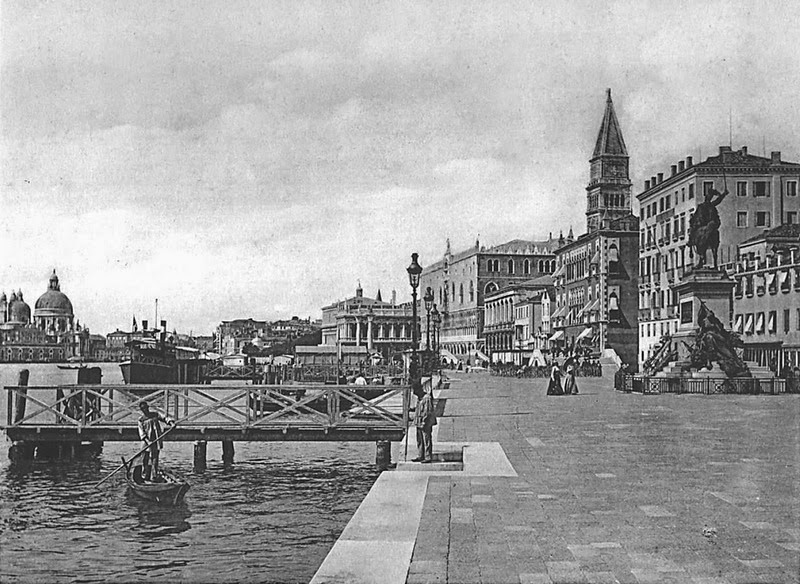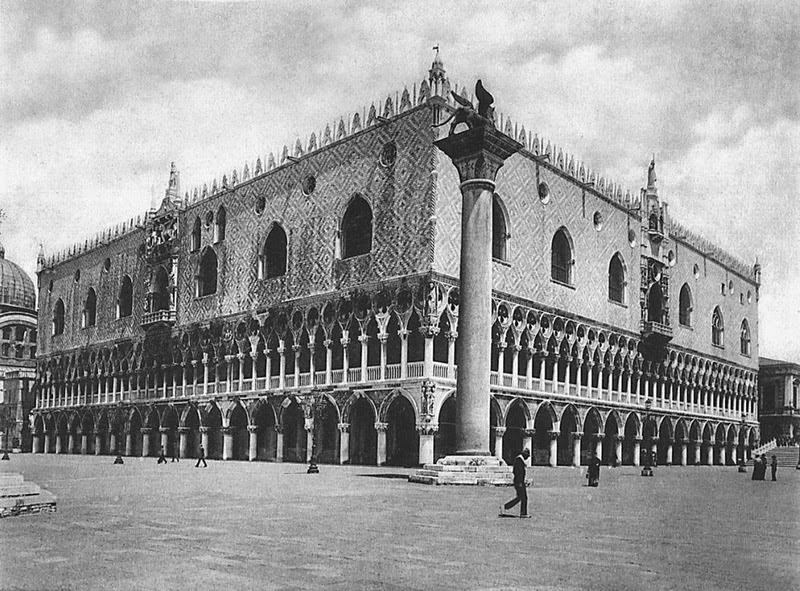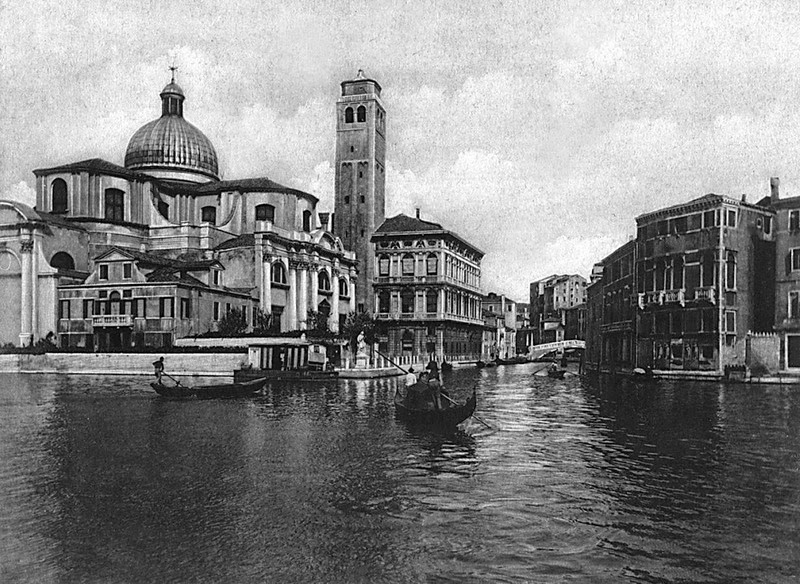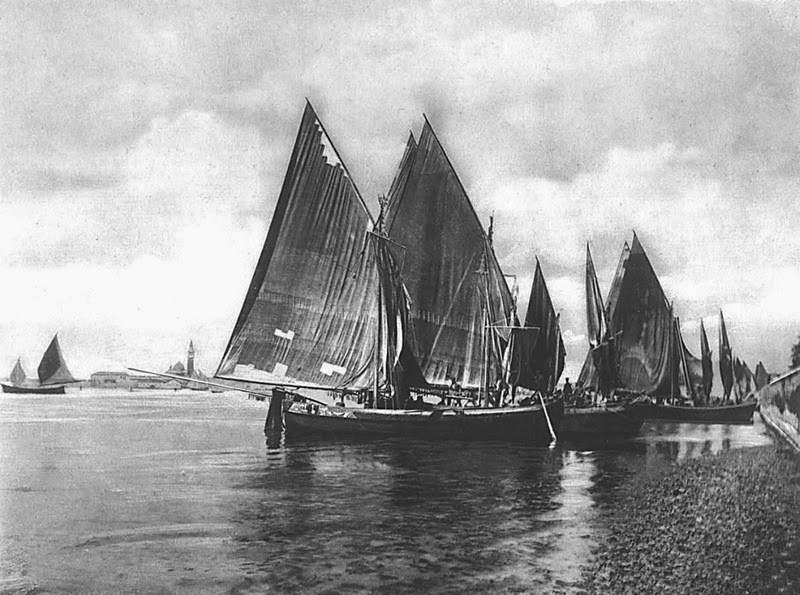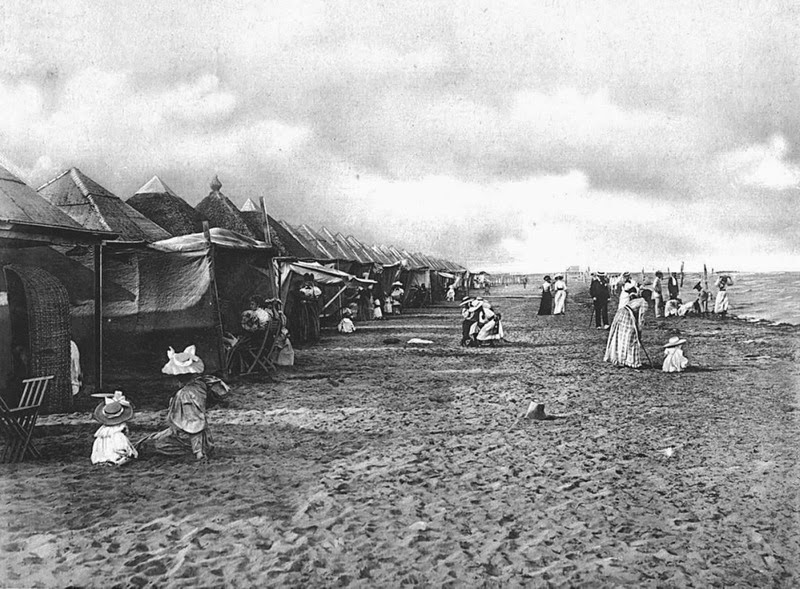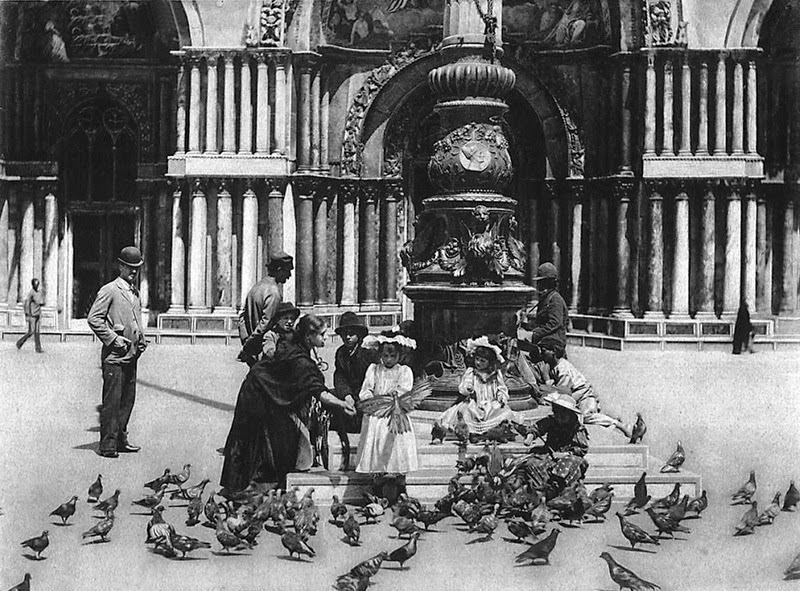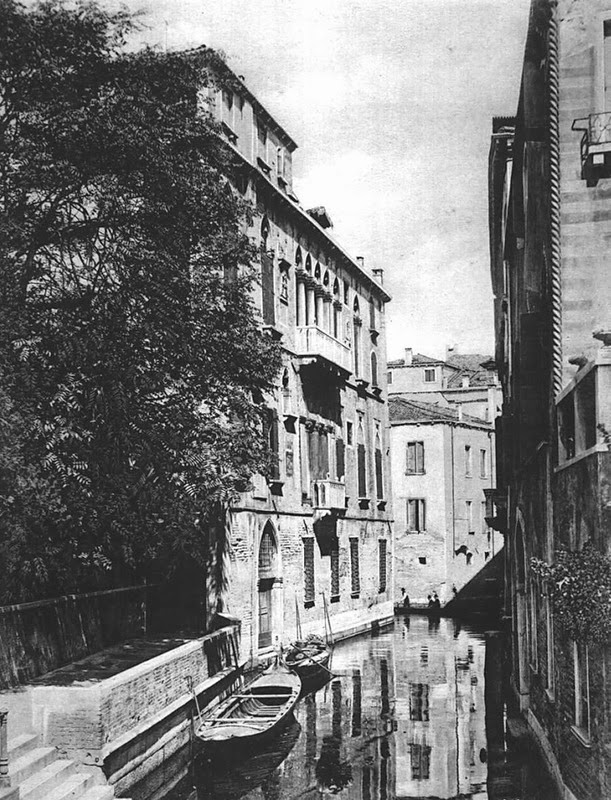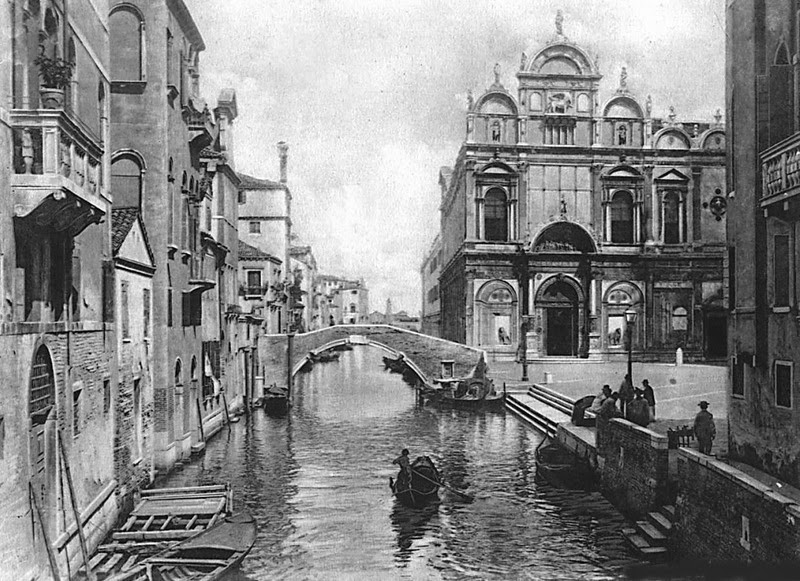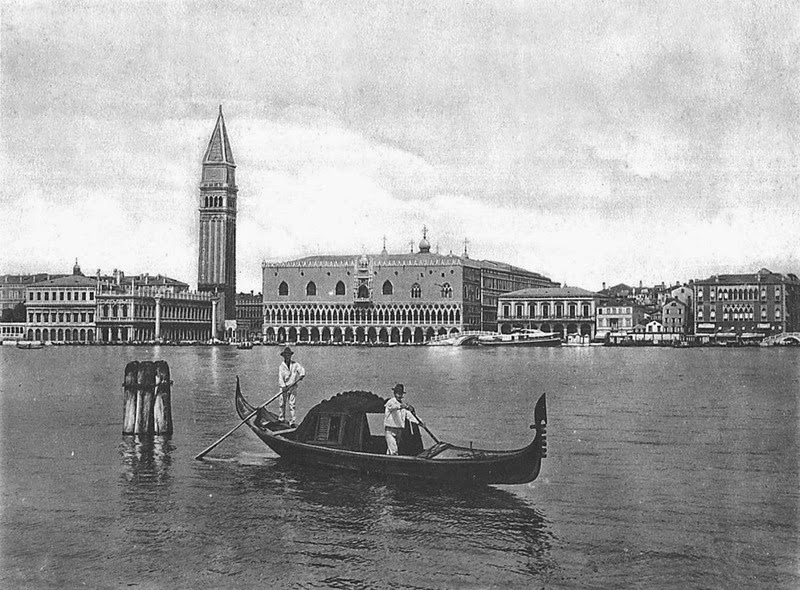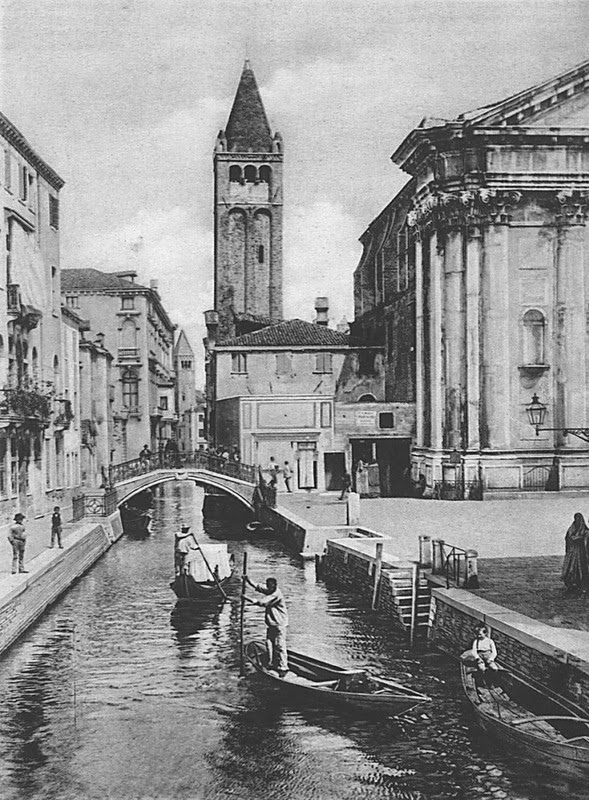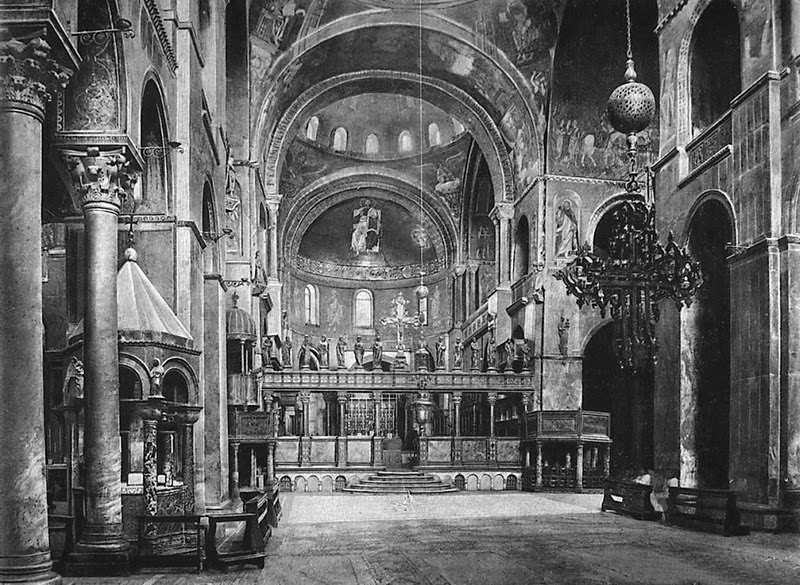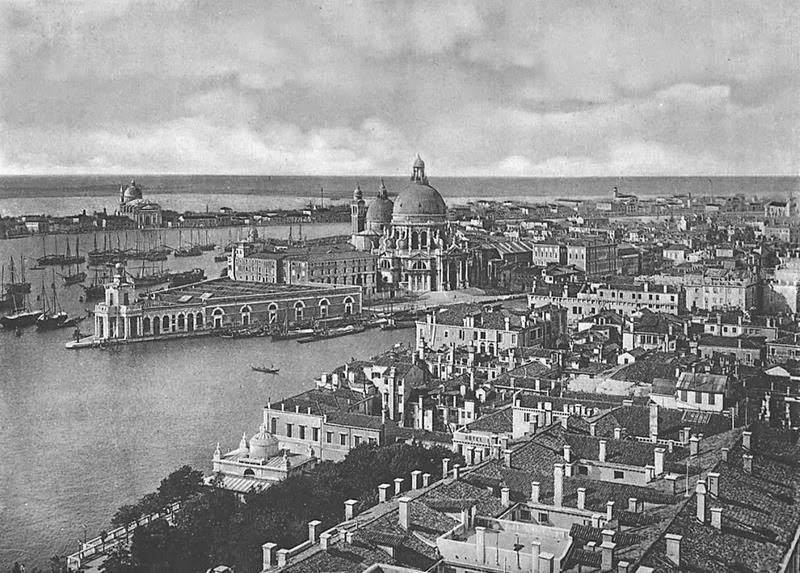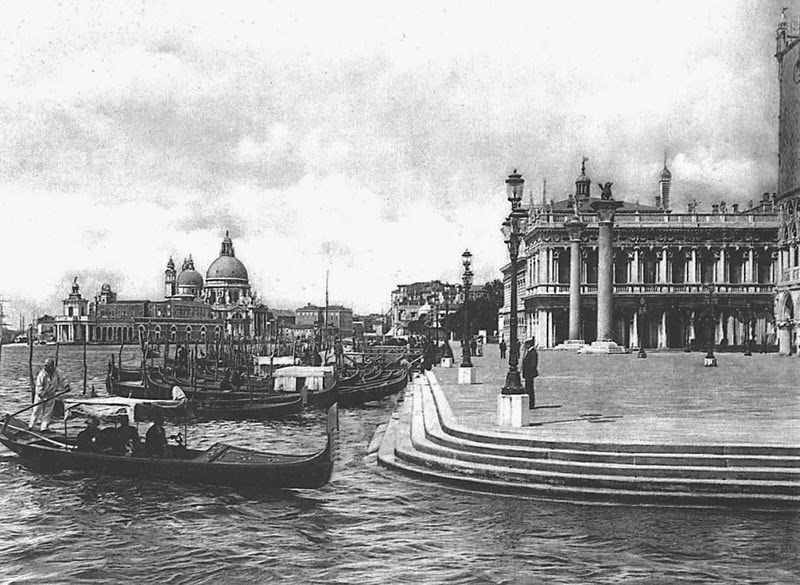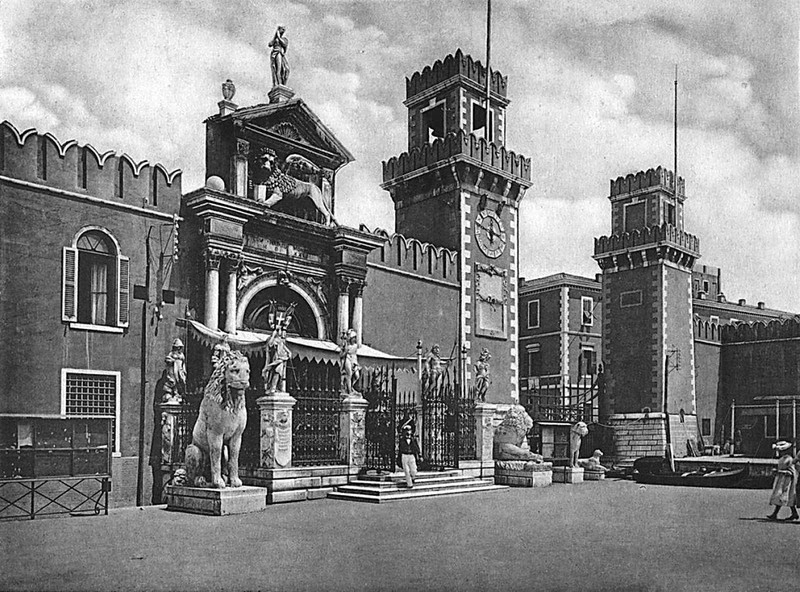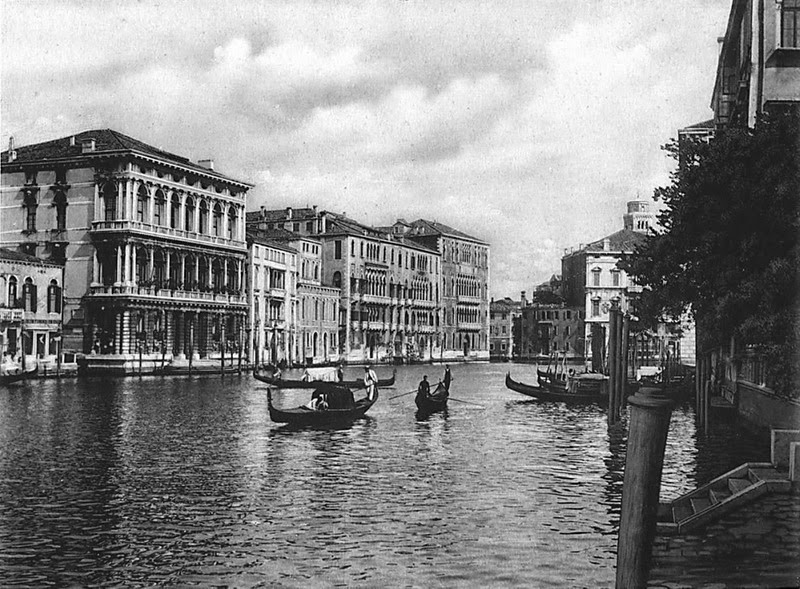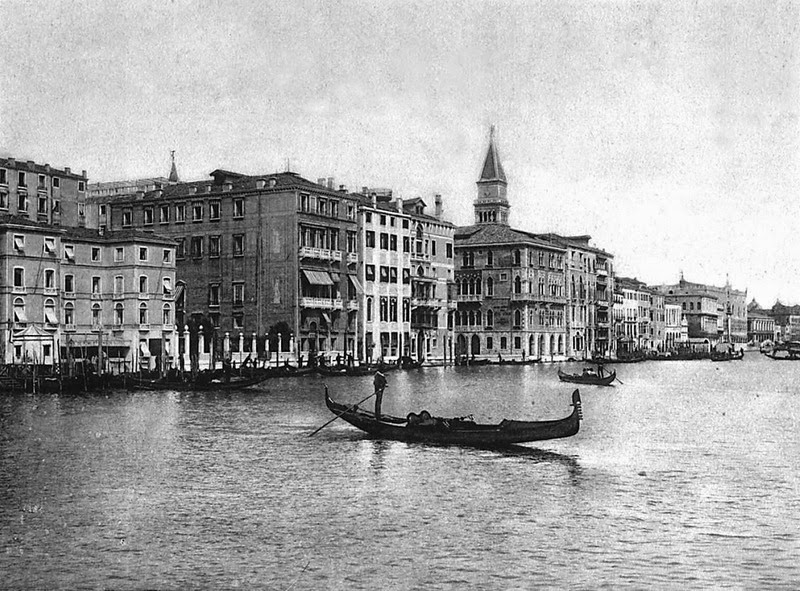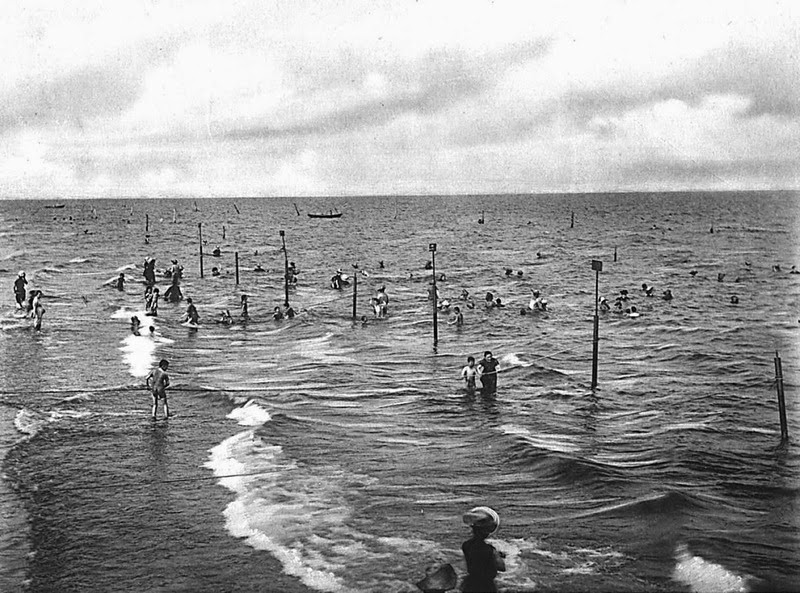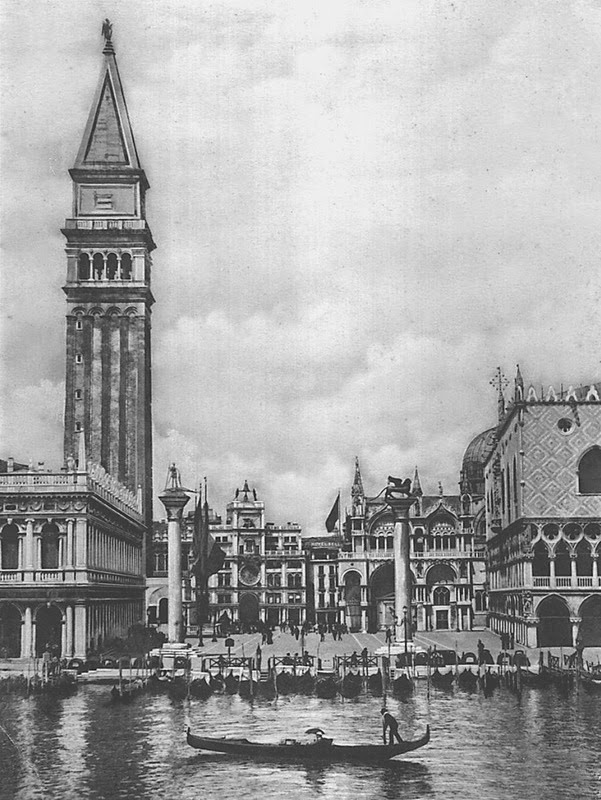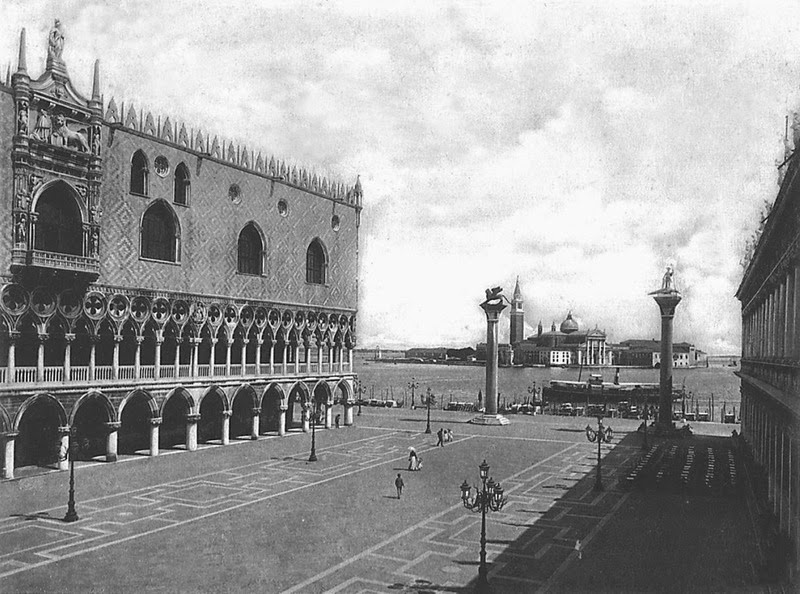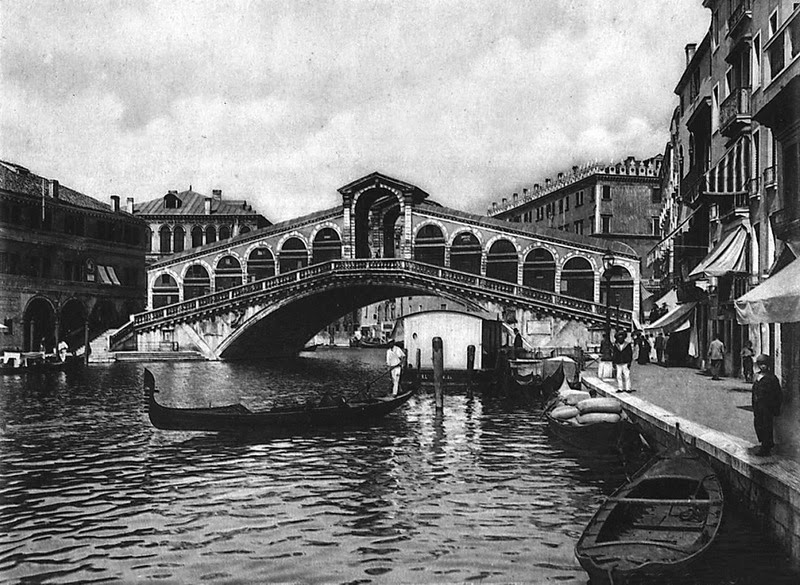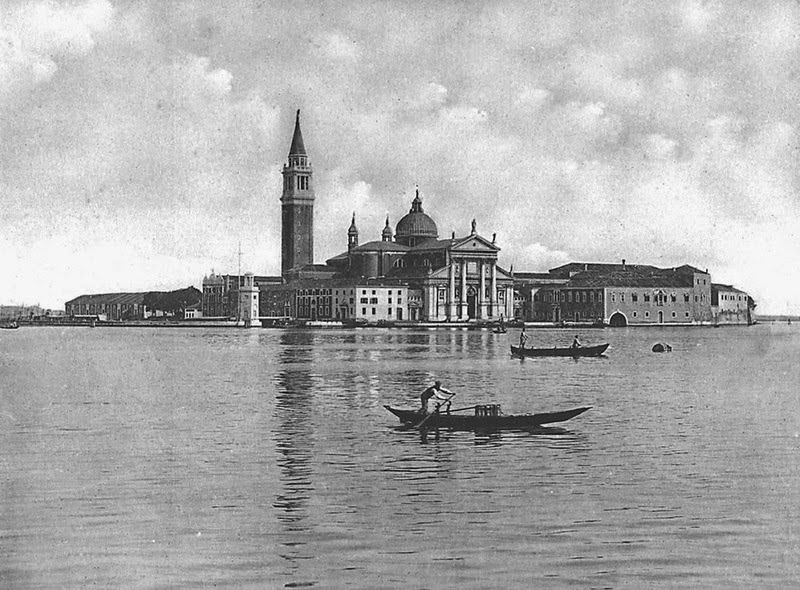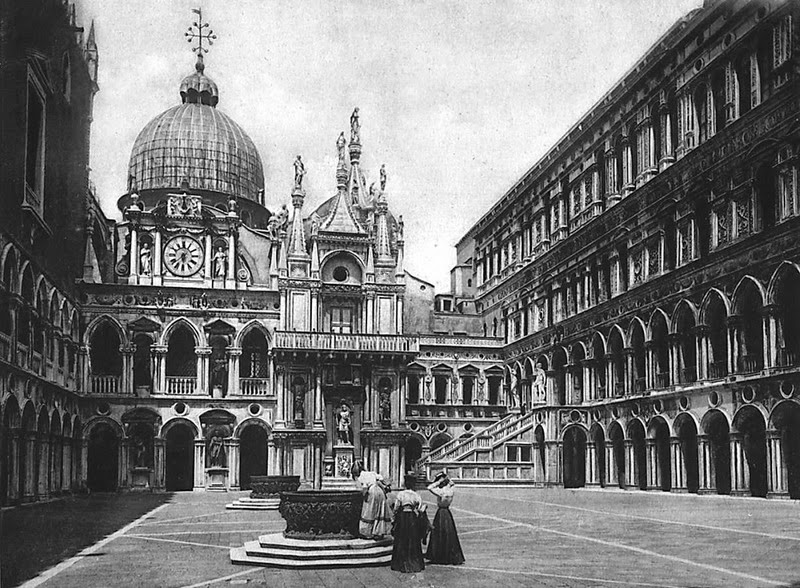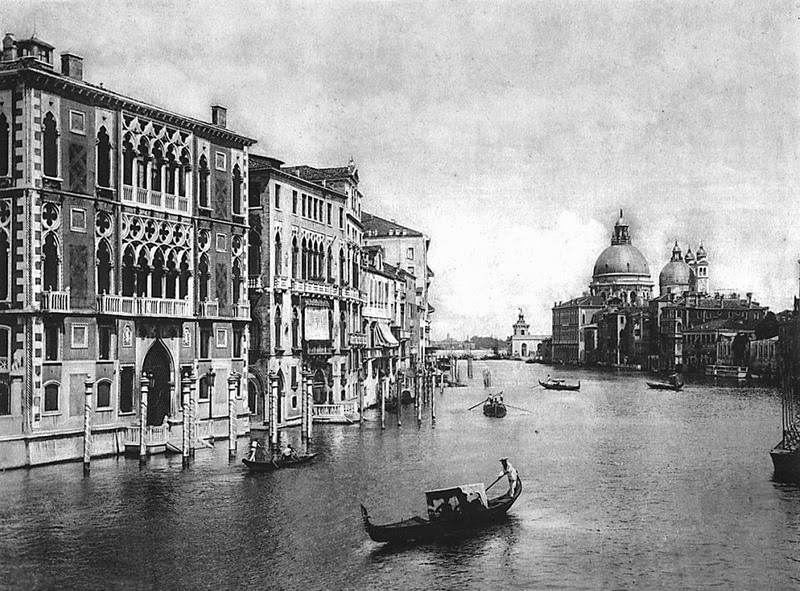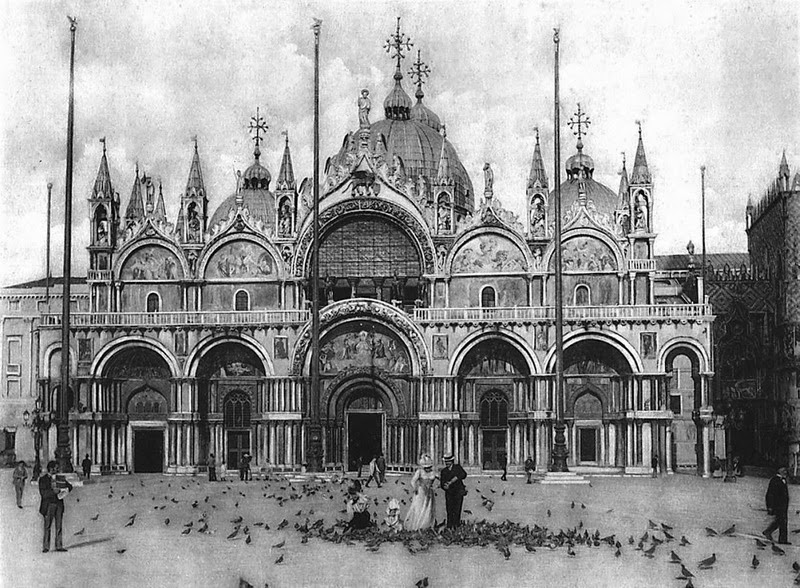Venice is one of the most important tourist destinations in the world for its celebrated art and architecture.Although no surviving historical records deal directly with the founding of Venice, tradition and the available evidence have led several historians to agree that the original population of Venice consisted of refugees from Roman cities near Venice such as Padua, Aquileia, Treviso, Altino and Concordia (modern Portogruaro) and from the undefended countryside, who were fleeing successive waves of Germanic and Hun invasions.Some late Roman sources reveal the existence of fishermen on the islands in the original marshy lagoons. They were referred to as incolae lacunae (“lagoon dwellers”). The traditional founding is identified with the dedication of the first church, that of San Giacomo on the islet of Rialto (Rivoalto, “High Shore”) — said to have taken place at the stroke of noon on 25 March 421 (the Feast of the Annunciation).
The city is often threatened by flood tides pushing in from the Adriatic between autumn and early spring. Six hundred years ago, Venetians protected themselves from land-based attacks by diverting all the major rivers flowing into the lagoon and thus preventing sediment from filling the area around the city. This created an ever-deeper lagoon environment.
In 1604, to defray the cost of flood relief, Venice introduced what could be considered the first example of a ‘stamp tax’. When the revenue fell short of expectations in 1608, Venice introduced paper with the superscription ‘AQ’ and imprinted instructions, which was to be used for ‘letters to officials’. At first, this was to be a temporary tax, but it remained in effect until the fall of the Republic in 1797. Shortly after the introduction of the tax, Spain produced similar paper for general taxation purposes, and the practice spread to other countries.
During the 18th century, Venice became perhaps the most elegant and refined city in Europe, greatly influencing art, architecture and literature. But the Republic lost its independence when Napoleon Bonaparte conquered Venice on 12 May 1797 during the First Coalition. Napoleon was seen as something of a liberator by the city’s Jewish population, although it can be argued they had lived with fewer restrictions in Venice. He removed the gates of the Ghetto and ended the restrictions on when and where Jews could live and travel in the city.
Venice became Austrian territory when Napoleon signed the Treaty of Campo Formio on 12 October 1797. The Austrians took control of the city on 18 January 1798. But Venice was taken from Austria by the Treaty of Pressburg in 1805 and became part of Napoleon’s Kingdom of Italy; however it was returned to Austria following Napoleon’s defeat in 1814, when it became part of the Austrian-held Kingdom of Lombardy-Venetia. In 1848–9, a revolt briefly re-established theVenetian Republic under Daniele Manin. In 1866, after the Third Italian War of Independence, Venice, along with the rest of the Veneto, became part of the newly created Kingdom of Italy.
During the Second World War, the historic city was largely free from attack, the only aggressive effort of note being Operation Bowler, a successful Royal Air Force precision strike on the German naval operations in the city in March 1945. The targets were destroyed with virtually no architectural damage inflicted on the city itself. However the industrial areas in Mestre and Marghera and the railway lines to Padua, Trieste and Trento were repeatedly bombed. On 29 April 1945, New Zealand troops under Freyberg of the Eighth Army reached Venice and relieved the city and the mainland, which were already in partisan hands
Photos found at: Nevsepic

